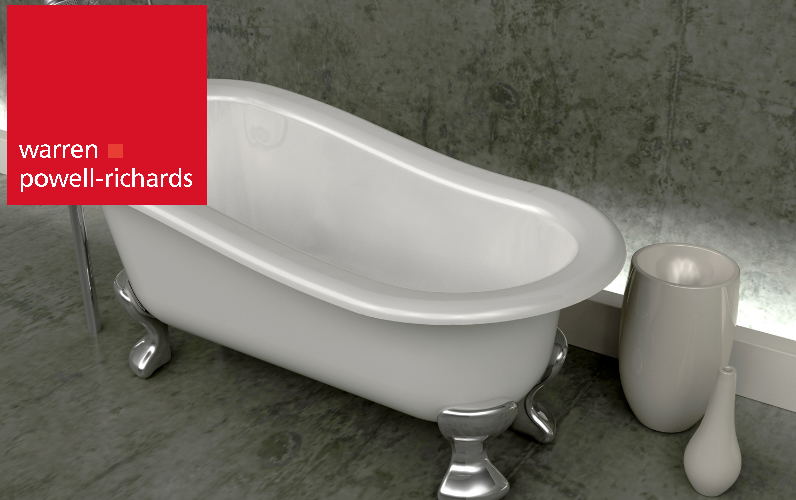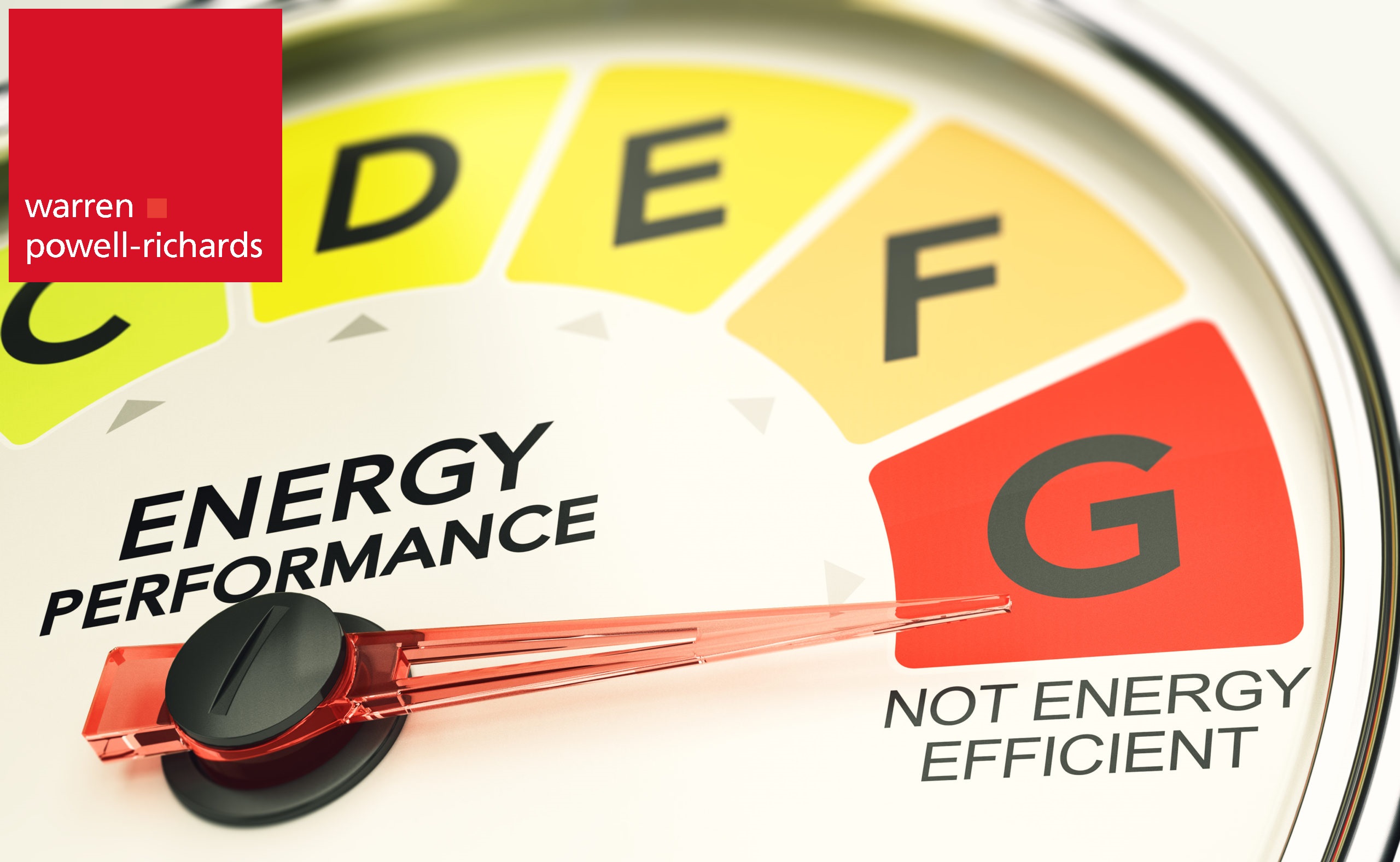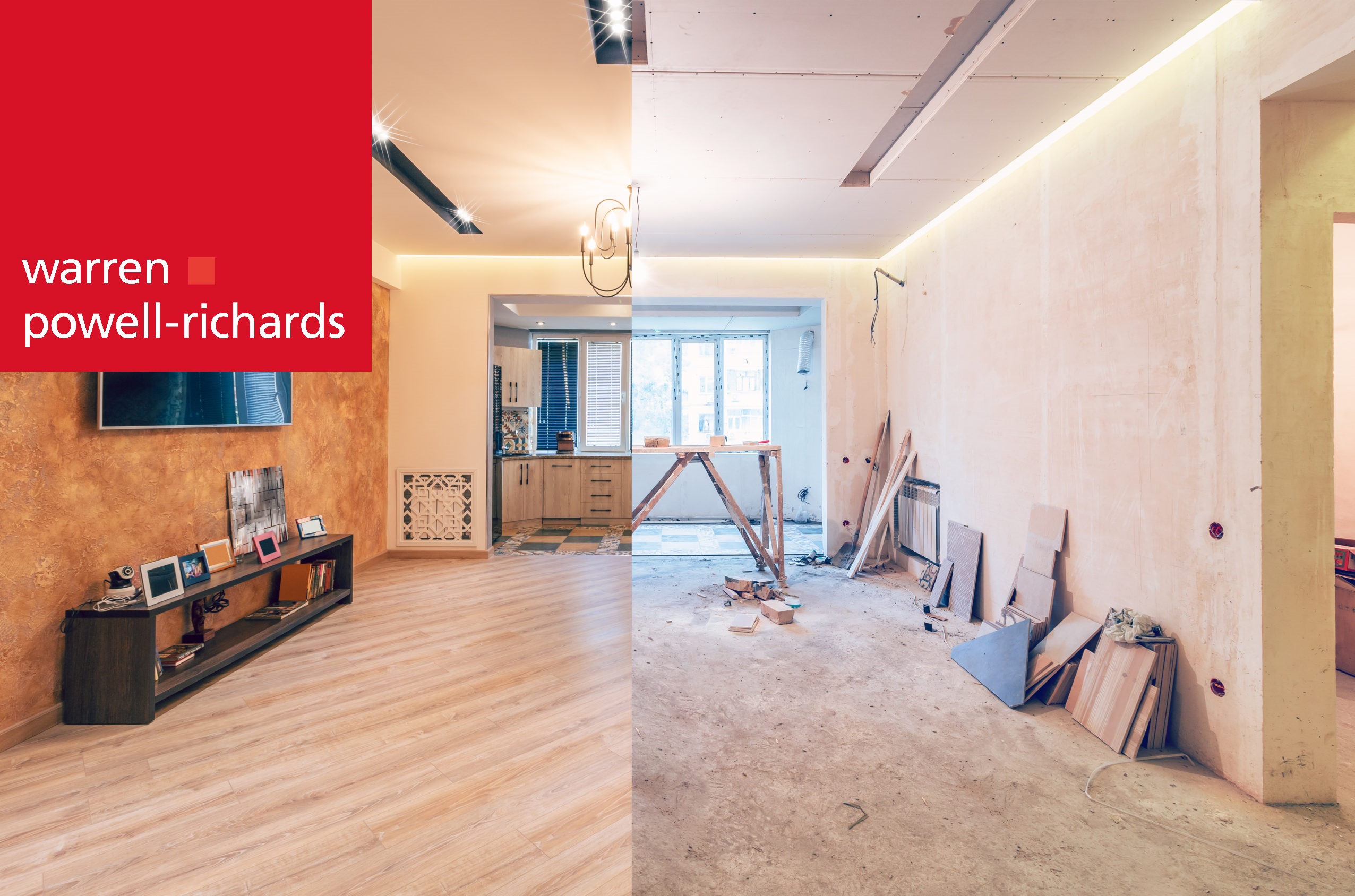Blog
- Details
- Hits: 443
Home Working: 5 Budget-Friendly Home Office Ideas

Five budget-friendly tips to help you set up your home office
Working from home is now a major part of people’s lives. For some, working from home has been the norm for many years, while for others the concept is still a little confusing.
What’s important though is that your home office is somewhere you feel comfortable, can work competently and efficiently. Work has to be done, whether it’s in a purpose-built office or in a spare room.
So what should you be thinking about when setting up the perfect home office?
Do you need to separate work life from home life?
Do you need space to make calls, write, use the computer, analyse data?
For most, both of these things will be important, so think about where your space is going to be. Is it a corner in the dining room or kitchen, or will it require the spare room, garden shed or integrated garage to be completely transformed?
Once you’ve decided this, then you can look at what you’re going to do with the space. Make a list of what you need or want in your office space, and then prioritise the items.
- Refurbish and repurpose
Setting up a home office doesn’t mean breaking the bank. Do you already have a desk or table in the garage that simply needs to be repainted? Do you have a few jars in the shed gathering dust and cobwebs? These could easily be washed and cleaned and used for pencils and pens and other stationery items. Make the most of what you already have to hand.
- Don’t get hung up on buying expensive prints
Here’s an idea, instead of going to big chain stores and buying prints to hang on the wall, print out a favourite photo and buy a frame in which to put it. Not only is this a cheap way to furnish your office, it’s also more personal. Instead of spending a ton of cash on prints of New York skylines or forest glades, you could have an image of a favourite family holiday instead. These will look great and they will be inspirational too!
- Be thrifty
If you think you need an office desk, or filing cabinet, then you could be thinking ‘expensive’. But wait. There’s no need to hot-foot it to your local office furniture shop. Why buy new when you can find what you need simply by asking around?
It might be that a local company has moved or scaled-down its office operations and is giving things away or getting rid of them cheaply.
A friend or family member might have something you can make use of. Why spend a lot of money when you can find something cheaper or free? Keep an eye out on social media in particular and don’t be afraid to ask.
- Use blackboard paint
Feeling creative? If you’re one of those people who needs to draw up creative ideas, or throw ideas on a mind map, then blackboard paint is for you.
For just around £7 a tin, you can paint a blackboard area on part of a wall. You can then write on the wall with your creative ideas or formulae, and then simply wipe it clean afterwards. You will save on having to buy any equipment, and paper too, so you’re also doing your bit for the environment.
- Double the size with mirrors
Working from home can often mean working in a smaller space than you’re used to, but have you thought about mirrors?
A cleverly-sited floor-standing mirror will make your space immediately look bigger. Wall-mounted ones will also do the trick, as long as the frames are quite thin. It’s a trick that interior designers and retail outlets use so you should also make use of it. A floor-standing mirror from IKEA will cost from £50 upwards, and large frameless mirrors are only around £15 or £20.
Designing and realising a home office is a personal thing, so get creative. Minimalist or packed with items, with a little thought, creating your home office doesn’t have to be an expensive project.
If you’re thinking of upsizing instead and treating yourself to a property with a ready-made study, call our friendly team at Warren Powell-Richards or email us at This email address is being protected from spambots. You need JavaScript enabled to view it. and we will be delighted to assist you.
- Details
- Hits: 411
Do Bathroom Walls Have to be Tiled? 3 Tile Alternatives

Bathroom renovations are an excellent way to boost the potential value of your home. In fact, they can add as much as 4%[1] to the value of a UK property and allow you to charge a higher rate for rentals or holiday lets.
When redecorating your bathroom (for yourself or your tenants), you may be wondering whether tiles are the right option. If so, here are our thoughts on tiles in the bathroom and what the other alternatives are.
Can You Have No Tiles in the Bathroom?
Many landlords and homeowners opt for tiles because of their long-lasting structure, water repellent nature and wide range of designs. But it’s not essential to have tiles on your bathroom walls.
Tiling is considered an inexpensive way of renovating your home, but you can still find cheaper solutions. You can find more expensive options too if you want something even more luxurious for your bathroom walls.
What Are the Benefits of Tiled Bathroom Walls?
Having a tiled bathroom doesn’t necessarily have an impact on the value of your home, but they do provide many benefits for homeowners and landlords.
Tiles are typically:
Anti-mould Your walls are 100% protected from moisture
Easy to clean Particularly beneficial for rentals or holiday lets
Inexpensive Even though there are expensive alternatives, tiling is considered a cheaper way to renovate
Long-lasting Tiles are strong and don’t break easily, so you can usually expect them to last a long time
Universal in style You can find tiles in all different designs, so you have a wide-ranging choice
What Can You Use Instead of Tiles in a Bathroom?
- Paint
A cheaper alternative to tiles is to simply paint the walls of your bathroom. This can look particularly sleek if your bathroom is half-tiled, half-painted – which can actually be more desirable for some people since you can hang shelves and pictures on the painted space.
Just remember that paint may not last very long. It can easily be splashed with water or start to flake away from the moisture of the bathroom if it isn’t kept well-ventilated, so you may need to repaint regularly.
- Marble
Instead of tiles, you can add marble to your bathroom walls. It’s harder to come by and is often much more expensive than the cost of tiles, but marble can provide a more high-end look.
The only downside to having marbled bathroom walls is that they can be harder to maintain. It’s a natural mineral, so the marble absorbs water and therefore requires regular squeegeeing after showering and routine sealing to keep it looking fab – both of which might put potential buyers off when you eventually sell.
- Panels
Whether it’s plywood, acrylic or PVC, you can find a range of panel designs to line your bathroom walls. Panels are usually more cost-effective and very easy to install. You can even fit them directly over a tiled wall, reducing removal time.
Some high-end panels can last a long time and provide a flawless finish, with no need to clean grouting regularly. Many designs are waterproof, too, so you won’t have an issue with flaking as you may do with paint.
Are You Renovating?
If you’re renovating your home to prepare for a sale, our expert agents at Warren Powell-Richards are happy to help provide a valuation of your home.
Get in touch today for a chat with our friendly team by calling us or sending us an email at This email address is being protected from spambots. You need JavaScript enabled to view it..
- Details
- Hits: 445
10 Tips to Help Sell Your Home

If you need to sell your home fast but don’t know where to start, then you have come to the right place! Here at Warren Powell-Richards, we pride ourselves on our expert selling advice, from tips on how to make your home more attractive to potential buyers, to organising viewings, to the steps you need to take to ensure that prospective buyers feel safe buying your property; it’s all covered here. And our advice definitely doesn’t involve lowering your asking price!
- Be ready to move quickly
If you want to sell your home fast, then chances are the people who are willing to buy your home quickly, will want to move in as soon as possible. This is not always the case, but it is better to be prepared than have to turn down a sale because you cannot move out quickly enough.
- Carry out any vital maintenance work
It may just be a wire or two on show, or a small crack in the ceiling, but to potential buyers, it will just look like more work and more expense that they don’t want to have to deal with.
Therefore, it is vital that you go through your whole home looking for any maintenance work or repairs that need doing and that you either carry them out yourself, to a high standard, or you employ a professional to do them for you.
- De-clutter your home
Not only can clutter make your home seem less appealing to buyers, but it will actively make your home appear smaller. Not what you want if you want to sell your home fast.
For that reason, make sure that you tidy up before any viewings; move magazines, books and other papers out of sight and put away any clothes, shoes or other belongings that are just sitting around your home gathering dust.
- Be flexible with viewings
You may not want to show buyers around in the evening after a long day at work, but people may wish to view your property in the evenings and at the weekends.
You should also ensure that, if showing people around yourself, you are upbeat and friendly, regardless of how tired or worn out you are. Remember you are selling a product, your home, so you need to be as charismatic as possible.
- Focus on kerb appeal
Obviously, you can’t change the outward appearance of your property too much, nor can you control what you neighbour’s properties look like. However, you can make the exterior of your home and your front garden or drive look as appealing as possible.
- Make your home smell inviting
No, you don’t need to go as far as baking bread or homemade biscuits, but you can make your home smell better in other ways.
Firstly, if you smoke in your home, then stop immediately. Fling open the windows for a short time every day and let the fresh air in. This is also useful if you have pets as non-dog owners will always be able to detect a distinctive doggie smell!
- Maintain your garden
Whether you have a large or small garden, it needs to look neat and tidy, as well as functional. Make sure you cut the grass, move any toys or other debris out of sight and try and have some sort of seating area so that potential buyers can visualise how they would use the garden.
- Keep the colour scheme neutral
If you want to sell your home, then potential buyers need to be able to see themselves living there. They need to be able to visualise their furniture in your home. Therefore, it is important that you keep the colour scheme as neutral as possible.
Yes, it is just a coat of paint on the walls, but you will be surprised at the number of people who will be unable to see past this and will rule out your home because they don’t like your choice of colour scheme.
- Show off your bedrooms
You need to ensure that each room is shown as what it is supposed to be, so if you are currently using your third bedroom as an office or a home gym, then you should consider changing it back into a bedroom.
- Focus on the kitchen
If you have a limited budget but want to make a difference, then your focus should be on the kitchen as this is one of the most important rooms.
There is no need to install a completely new kitchen, but if yours is looking a little tired then you may want to replace the cupboard doors, the worktops or any cracked or broken tiles.
For no-obligation advice on buying or selling a home contact your expert property team at Warren Powell-Richards or call in and see us. We look forward to seeing you.
- Details
- Hits: 910
2022 Update. EPC Rules are Changing

Energy Performance Certificates (or EPCs) have, until now, been barely significant when it comes to the housing market. But it’s important to be aware that there are big changes afoot with regard to EPC requirements, and landlords need to pay close attention.
So, what changes are coming to the EPC requirements?
What kind of impact will those changes have?
Here, we take a closer look at the facts.
What Are EPCs?
The EPC or Energy Performance Certificate is a building’s official energy efficiency rating. The ratings range from A – the best – down to G – least efficient.
All properties listed on the market must have their EPC included within the sale particulars. Furthermore, all tenants need to receive their rental home’s EPC on moving into the property.
An Old Housing Problem
There are many different house types, and some of them are very old. These period homes often have poor insulation. Stone cottages, for example, have no room at all for any cavity wall insulation to be installed, while houses with unconverted lofts often suffer from poor roof lagging.
For this reason, it’s been estimated that around 60% of all homes in the UK currently have a low EPC rating between D and G. In contrast, though, most modern homes have an EPC rating of A, B, or C.
The Reason Why Energy Performance Certificates Are Becoming Increasingly Important
EPCs are becoming more important for two different reasons:
In 2022, electricity and gas prices are going to go up as the cap that the government put on the amount that energy suppliers could charge has been lifted. The result is going to be enormous increases in utility bills. Therefore, energy efficient homes that have excellent insulation will be in higher demand, since less fuel will be required to heat them and thus energy bills will be lower.
It’s likely that new legislation will require everybody owning a property, whether a landlord or owner-occupier, to create an energy-efficient home with the aim of helping the UK government meet their emissions targets to combat climate change.
Already, the possibility of this new legislation is having an impact on the property market.
Deadlines And Targets To Improve EPCs
There’s an obvious incentive for owner-occupiers to improve their home’s energy efficiency. After all, a property that has an excellent EPC rating is going to be more attractive to prospective buyers. Younger home buyers will be more attentive to EPCs when compared with older purchasers.
It has been suggested that eventually, taxes such as stamp duty will be linked with EPC ratings, meaning that better EPCs will result in lower amounts of stamp duty to pay and, (at least in theory), a faster home sale.
For landlords, these are tough and specific targets.
Currently, a rental property must have a minimum of an E-rating on its EPC. But for all new tenancies beginning in 2025, the government is keen to change this to a minimum rating of C. It is also eager to introduce a minimum C rating across all rental homes by 2028, even for those that have long-standing tenants.
Further, although it hasn’t been confirmed yet, from 2030, a rental property’s minimum Energy Performance Certificate rating looks set to rise to a B.
Will There Be Any Exemptions?
Although there are a few exemptions, there aren’t many.
Listed buildings and buildings that have restricted covenants that would have their appearance unacceptably altered by energy efficiency improvements are the obvious exemptions.
Also, some temporary properties, and those used for under 4 months per year, are exempt too.
For landlords unable to improve their property to its required minimum Energy Performance Certificate rating, a £3500 rental cost cap has been put in place. This allows them to make the necessary improvements to that amount, then register their exemption as “all improvements made.”
The Impact On The Market
It has recently been reported by Rightmove that those sellers who improved their EPC from a G, F, E, or D rating to a C, received as much as 16% more on the sale price of their property.
Trade bodies representing the rental sector have reported, though, that some landlords have already taken the decision to sell up since they’re afraid of being unable to afford to make the required improvements, particularly on older homes, and particularly if the cost cap of £3500 is increased.
Everybody wants to do their bit to reduce global warming, however, it’s essential to avoid making such strict targets that owners struggle to afford them or find them too disruptive. Fewer properties may, as a result, be available for renters as an unintended consequence, and some flats and houses that are owner-occupied may become challenging to sell.
It’s possible that there will be some softening of the targets, but regardless, energy is going to be an ever-larger factor this year in the housing market, and for the foreseeable future.
Warren Powell-Richards are your local property experts. Call us or email This email address is being protected from spambots. You need JavaScript enabled to view it. to find out more.
- Details
- Hits: 408
9 Tips to Improve Your Home for Under £100

Overhauling your property can be a lengthy and costly task.
Limited time and finances often mean we renovate our homes at a slower pace than we would like, but of course, this also allows for careful consideration to go into each room.
Improving your home doesn’t have to be expensive though. There are many budget tricks you can use to spruce up your home.
Here are 9 of our favourites with their approximate costs.
- Tidy Up the Front Door
Whether preparing your house for sale or simply trying to smarten the family home up, a fresh front door is always a good idea.
You don’t need to invest in a whole new door. With some decent paint and a little elbow grease, you can completely transform your existing door. The front door is the first thing your guests or viewers will see, so a little TLC will go a long way. Cost: £30
- Add a Coat of Fresh Paint
Although an obvious solution, repainting your walls can have a considerable impact on your property’s overall finish. It is not until you begin to paint, that you will realise quite how many scuffs and marks are covering the walls.
Painting is especially relevant when your home is on the market, with fine margins separating you and the local competition.
When trying to sell your home, be sure to freshen up bathrooms and kitchens as a priority and stick to a neutral palette to attract the broadest range of viewers. Cost £50-£100
- Convert a Dedicated Office Space
With so many of us now working from home, there has never been a better time to turn an unloved space into an office.
The initial transition to home working left many of us hunched over our kitchen tables. But, buyers are now expectant to see a dedicated workspace in every home they visit.
A fresh coat of paint and a proper office desk and chair can transform any space. While a brand new office set up can often amount to hundreds of pounds, instead, search second-hand stores and online marketplaces to stay within your budget. Cost: £100
- Revamp Your Handles
Fitting new door handles throughout your house can give your property a cohesive and stunning finish.
The choices are endless, and you will be sure to find a style that matches your home’s personality. If you love the vintage look, check Facebook Marketplace and eBay, where you can find some hidden gems for significantly less.
Alternatively, revamp your drawers and cupboards by simply replacing the handles. Carrying this idea through to your kitchen can give your cabinets a whole new lease of life, transforming your kitchen at a fraction of the price. Cost: £20-£50
- Tidy Up Your Garden
When selling your home, the garden may be the first glimpse of your house that viewers get, leading to immediate make or break decisions.
There are a few simple tasks you should carry out in the garden that cost next to nothing.
Ensure any decking or patio areas are jet washed and free from weeds. Trim back any shrubs or conifers that border the property, and give the grass a good cut. This is particularly important in the spring, when the garden has been neglected over the winter months. Consider also planting some bright edging flowers that will add life and vibrancy to any garden. Cost £10
- Add a Budget Stair Runner
New stair carpets are expensive.
If you are lucky enough to have decent floorboards lurking beneath a tired staircase carpet, pull it up and add an inexpensive runner to completely transform the space. Cost: £100
- Consider Your Home Security
This might be as simple as having the locks on your front and back door changed to more secure options.
Alternatively, improving your home security may involve purchasing motion sensor powered lights for around the perimeter of your home. This can be a clever and inexpensive deterrent for those looking to take advantage and a plus for potential buyers looking at your home. Cost: £25 – £100
- Replace Tired Curtains or Blinds
Providing you have had blinds installed before, the cost of new ones should not break the bank. Replacing your tired blinds with some fresh new ones can drastically brighten up the room. Sales are constantly on rotation, so keep an eye out to grab yourself a bargain. Cost: £50-£100
- Replace Your Kitchen Backsplash
Protect your walls and inject a new lease of life into your kitchen with a budget backsplash in the form of stickers. These can simply be applied over your existing wall or tiles and are a fun way to add colour and pattern to a bland room. For something a little more permanent, a solid backsplash can be purchased. These are easy to install and look surprisingly luxurious, considering the relatively inexpensive nature of the product. Cost: £20-£50
Thinking of selling your home? Call Warren Powell-Richards or email us at This email address is being protected from spambots. You need JavaScript enabled to view it. to arrange a free valuation.





ALTON | FARNHAM | GODALMING | GRAYSHOTT | HASLEMERE | LONDON